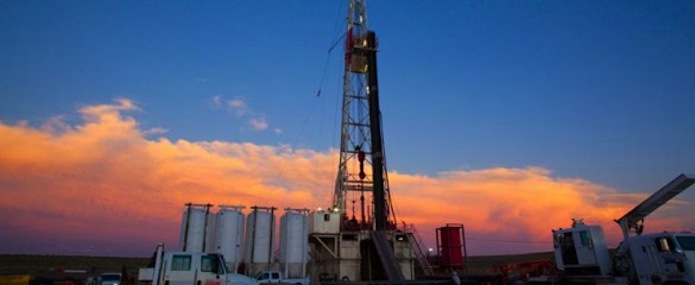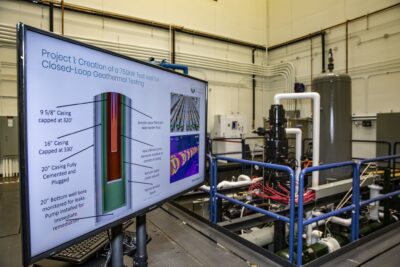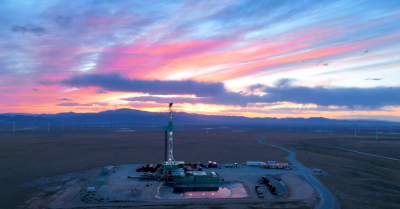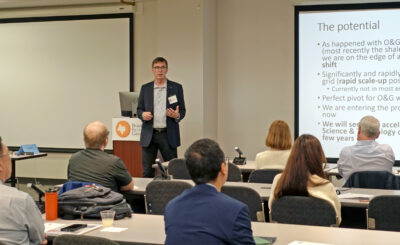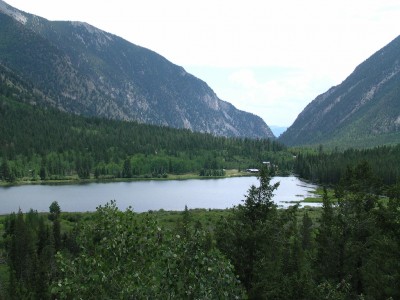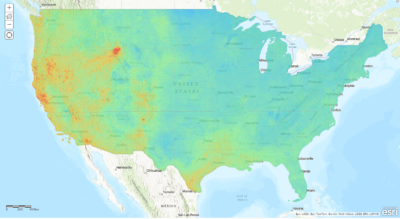Power electronics for geothermal drilling – an ARPA-e funded research project by NREL
With funding under the ARPA-E awards, the National Renewable Energy Laboratory (NREL) is conducting research on Revolutionary, High-Drilling Rate, High-T Geothermal Drilling System and Companion (250-350 deg C) Power Electronics.
Another interesting project that did not receive the publicity it deserves. A research project funded under the ARPA-E Award.
The award of $3.7m was given to National Renewable Energy Laboratory (NREL) for work on Revolutionary, High-Drilling Rate, High-T Geothermal Drilling System and Companion (250-350 deg C) Power Electronics. This for a project term of 09/20/2019 to 09/19/2022.
Partners of NREL in the project are:
- Tetra Innovation Institute,
- TPL, Inc.,
- University of New Mexico.
Geothermal energy is a potentially vast source of clean baseload electricity in the U.S. However, it is difficult and expensive to penetrate the ultra-hard rock formations found at many prospective geothermal sites. Conventional drill bits penetrate ultra-hard rock formations slowly and wear down quickly, which makes the drilling process time consuming and expensive. More economical drilling methods are required to enable access to next-generation energy resources, including geothermal and natural gas.
Project Innovation + Advantages:
The National Renewable Energy Laboratory team will develop technologies and component devices enabling a high-rate drilling method using electric pulses to bore hot, deep geothermal wells. Compared to the softer, sedimentary rock typically found in oil and gas wells, geothermal rock is harder and less porous, and at significantly higher temperatures. These factors generate slow geothermal drilling rates averaging only 125 feet per day compared to greater than 40 times this achieved in sedimentary rock. If successful, the high-rate technology could transform drilling techniques across multiple industries. Project activities will focus on developing and testing pulsed power electronics capable of surviving the high temperatures encountered in geothermal rock. Component development will be carried out with systems integration in mind, enabling a rapid upgrade from a low-temperature rated drilling tool to a high-temperature version.
Potential Impact:
The technology is expected to disrupt the global drilling industry, replacing traditional drilling technologies within 10 years of commercialization.
Security:
Increased access to domestic energy sources like geothermal and natural gas would help secure U.S. energy stability.
Environment:
Deep geothermal energy resources are a clean, renewable source of carbon-free electricity. Competitive market modeling shows the potential for an additional 50 gigawatts of geothermal deployed in the U.S. due to cost and time improvements from this new technology.
Economy:
If successful, the high rate technology could increase geothermal drilling rates tenfold, drastically reduce well drilling costs, and cut development timelines, which would have a major impact on the levelized cost of energy.
Source: Arpa-E
